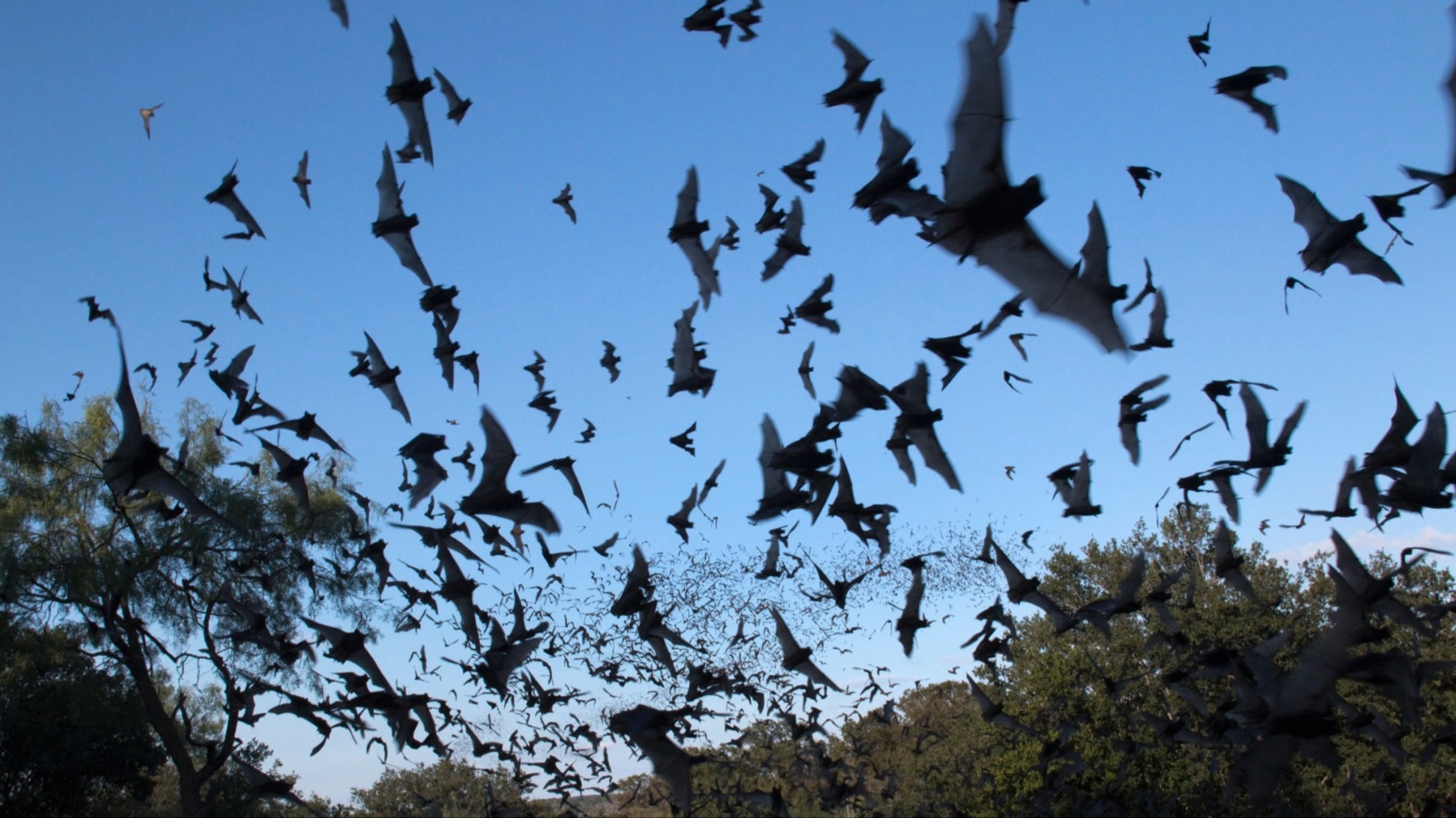
A deadly fungus that started killing off bat colonies across the United States in 2006 is now being linked to over 1,300 child deaths by an environmental economist. According to a study that was published in Science on September 6, 2024, farmers increased their pesticide use after the bats died off.
The drastic increase of pesticide use was then linked to an average infant mortality increase of close to 8%. The research suggested a causative link between human and bat well-being.
More from LittleThings: 9 Reasons To Stop Fearing Bats And Start Respecting Them
"That’s just quite rare — to get good, empirical, grounded estimates of how much value the species is providing," said environmental economist Charles Taylor, who is from the Harvard Kennedy School. He was not involved in the study. "Putting actual numbers to it in a credible way is tough."
In 2006, a fungus called Pseudogymnoascus destructans was brought to the US from Europe. The fungus tends to grow on hibernating bats during the winter and causes a white fuzz to appear on their noses. In as little as five years, the fungus can kill of an entire colony. The disease, called white-nose syndrome, caught the attention of Eyal Frank, an assistant professor at the University of Chicago. He realized that bats have value, as they often eat over 40% of their bodyweight in insects nightly, including crop pests.
More from LittleThings: New Study Finds Pesticide Chlormequat, Linked To Infertility, In 80% of Urine In The US
Eyal found that in areas where bats became infected, farmers increased their use of insecticides by 31.1% on average in order to make up for the loss of bats. The assistant professor then looked at infant mortality and discovered that infected counties' infant death rates were on average 7.9% higher than counties with healthy bats — which equates to 1,334 extra infant deaths.
Eyal tested other possible factors, such as unemployment, the opioid epidemic, weather, differences among mothers, or the introduction of genetically modified crops, according to The Guardian.
However, his initial results continued to hold true, and his studies showed "compelling evidence," and "farmers did respond to the decline in insect-eating bats, and that response had an adverse health impact on human infants."
In June 2024, Eyal and another researcher released another study that showed how death of wildlife could have detrimental effects on people in those environments. In the study, they estimated that the decrease of vultures in India might be linked to more than 500,000 human deaths because of the fact that without the birds to eat rotting meat, rabies and other infections grew rapidly.
David Rosner, a Columbia history professor, said the study fits in with evidence dating back to the 1960s that pesticides have adverse affects on human health. "We’re dumping these synthetic materials into our environment, not knowing anything about what their impacts are going to be," he stated. "It’s not surprising — it’s just kind of shocking that we discover it every year."




